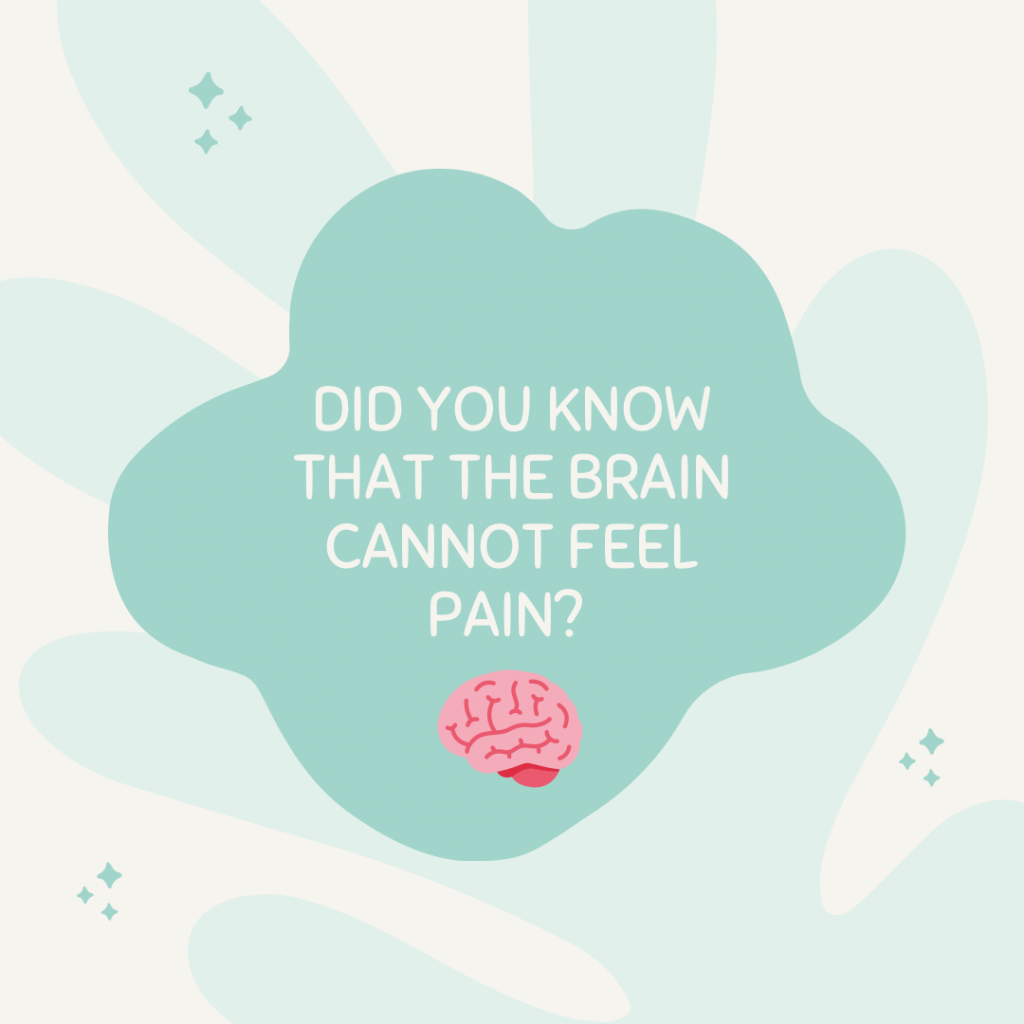Did you know that the brain does not feel pain itself, however, it detects and processes pain from all areas of our body?
What is pain?
Pain is a sign that something isn’t right in our bodies, whether it be from a recent injury or an emerging condition. It can be acute (sudden and brief) or chronic (lasting long beyond the expected healing time).
It can feel sharp, stabbing, dull or aching and can be constant or come in waves.
People commonly experience musculoskeletal pain in their lower back, neck, hips and knees.

So how can you manage your pain?
There are a variety of ways to reduce your pain levels without using medication. These include:
Exercise:
Gentle exercises such as walking or swimming can help to alleviate pain and increase mo
Applying heat or ice:
Putting an ice pack initially onto an injury helps to reduce the swelling and minimise the severity, while applying heat after 24 hours of an injury or to chronic pain can help to relieve stiffness in muscles and joints and reduce overall pain.
Distraction methods:
These can take your mind off of the pain you’re experiencing, reducing your perception of pain and also decreasing your “fight or flight” response that can be triggered by injuries. These include: meditation, mindfulness exercises, yoga and listening to music.
Massage therapy:
To release tension in your muscles and improving healing for soft tissue injuries. It can also help by providing other stimuli to your body which overrides the pain signals travelling to the brain.
Chiropractic treatment:
Correcting misalignment of the bones and muscles in your spine and other joints such as your wrist.
Which of these methods are you going to try?
Book an appointment with our Chiropractor Kathie or Massage Therapist Alison here to manage your pain this week for National Pain Week, or call us on 9651 5559.
Find more of our health tips here.
Sources:
Better Health Channel. Pain and pain management – adults. https://www.betterhealth.vic.gov.au/health/conditionsandtreatments/pain-and-pain-management-adults
Harvard Health. 8 non-invasive pain relief techniques that really work. https://www.health.harvard.edu/pain/8-non-invasive-pain-relief-techniques-that-really-work
